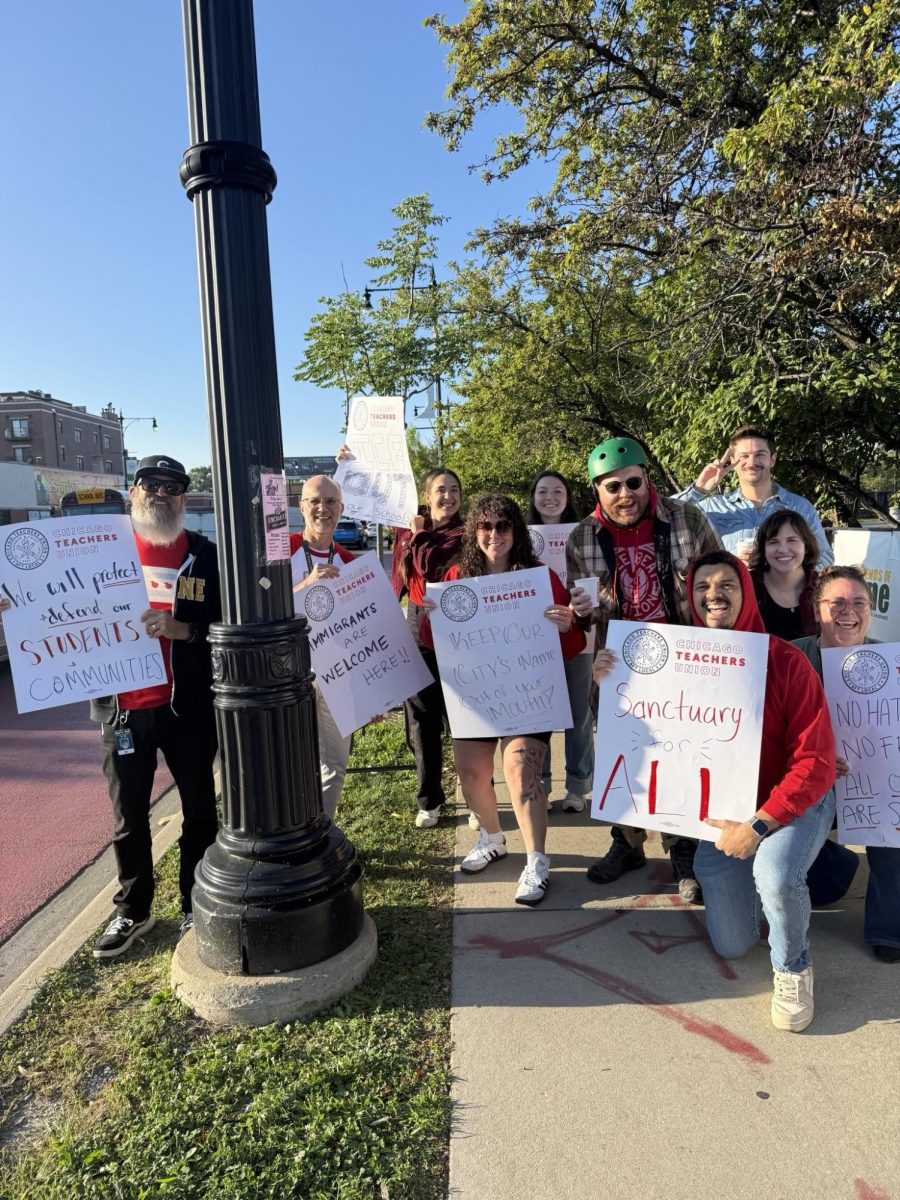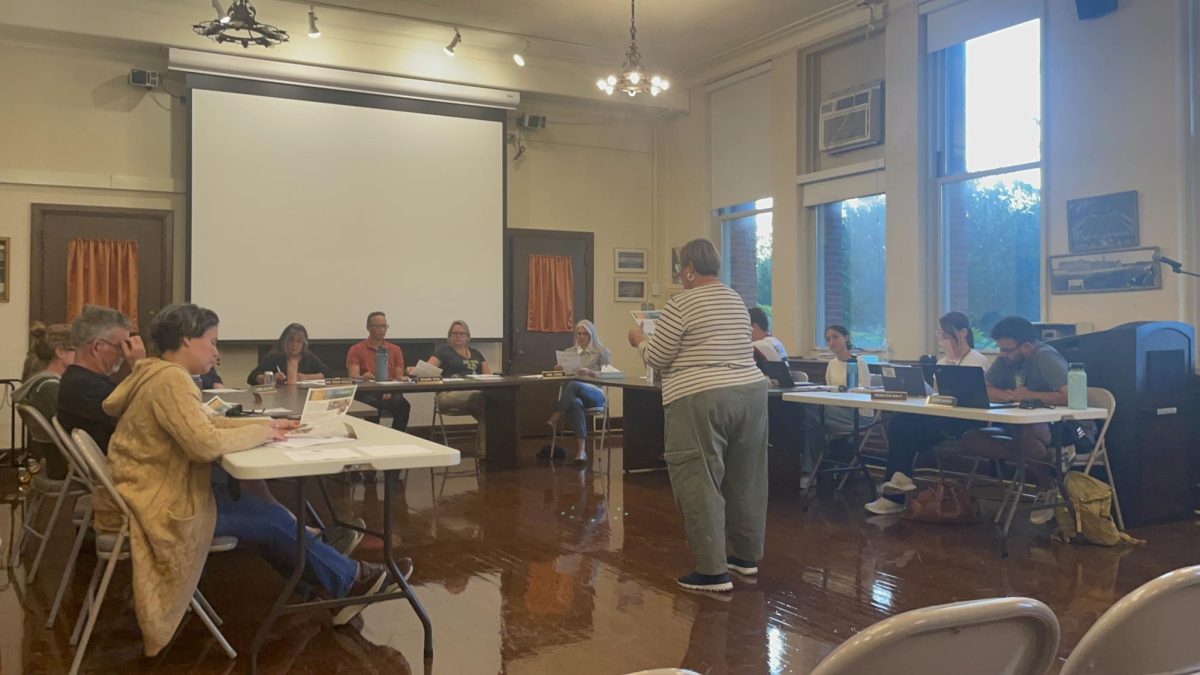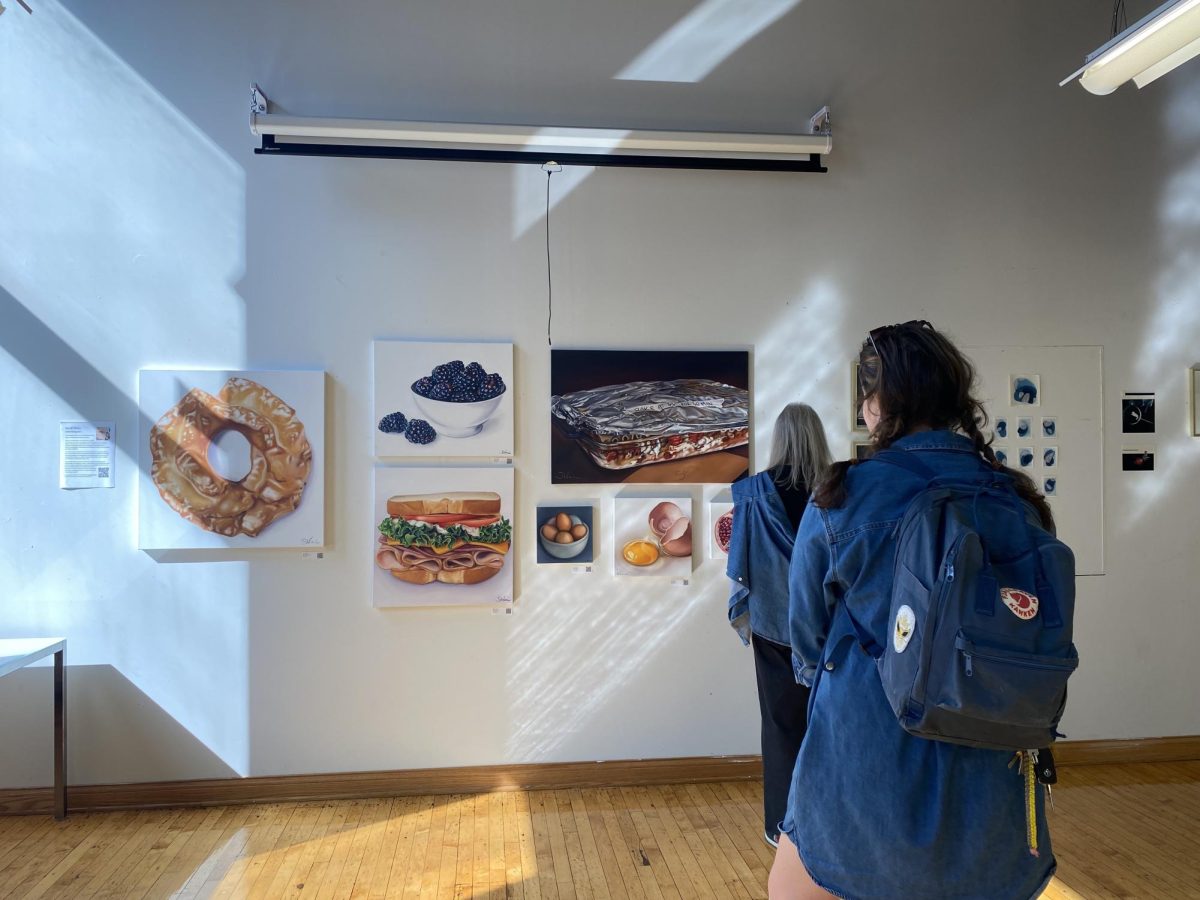By Ivaylo Pasev
‘’STOP! TRY AGAIN!’’ read the message as I walked stomach-first into the unmoving metal rod. That was how I was greeted by the CTA machines one morning as I headed to school.
I was denied access to my morning commute. I had not put money on the card in a while, so I went over to the new Ventra machine. I checked the value of my card and the machine showed -$1.75. That was the problem. I not only had run out of money but even had a debt. I took out my wallet. The train was nearing the platform. I was in front of this machine trying to shove in a ten dollar bill. The train rolled into the station. I tried inserting one dollar bills, then rescanning my card, but the only Ventra machine in the Cumberland station would not take my money.
I finally found out that the machine was broken and did not accept cash. The station supervisor let me through for free and told me to fill up my card at another train station. Once I crossed the gates, however, it was too late. My train had already left.
Ventra is the new system that CTA claims will make traveling easier. It is essentially a credit card. Passengers can check balances and monitor usage online once they register. They can also block a card if it is lost, and transfer money they may have had on that card onto a new card.
Special edition Ventra Cards were issued to CPS students, which unlike the old student CTA cards, work on weekends, have no expiration dates, and can be used if there is no money in them, creating a debt.
The CTA is moving away from the idea of the magnetic strip cards. In fact, they will not be available after Dec. 15 (Chicago Cards also expire on Nov. 15). After that, Ventra will be the only option for CTA and Pace passengers.
However, many Lane students have had problems with CTA’s new system.
Carolyn Lukes, Div. 453, had to buy a new card for $3 because her original did not work on the bus. After she bought the new one however, the old one started working and she continued to use it.
‘’At first I really didn’t like [Ventra Cards] because I had a lot of trouble with them, but now I really like them because they don’t have an expiration time like the bus cards, and they work on the weekends,’’ Lukes said.
Other students like Paul Rios, Div. 480, are not as optimistic about the Ventra Cards.
‘’I like the other bus card. It was way faster than the Ventra,’’ Rios said.
It was one of those 90 degree weather days and Rios was waiting for the Western bus. When it arrived, he stepped on and tried to scan his Ventra Card. The machine could not read his card and the bus driver would not let him get on. Rios had to wait another 20 minutes for the next bus where his card finally worked.
Most CTA operators let the passengers on even if their card doesn’t work. There are a few however, that will kick you off the bus for something you have no control over, like a Ventra Card or machine malfunction.
Unlike the old CTA cards, whenever you tap the Ventra Card on a bus or train-station, only a message of ‘’GO’’ or ‘’STOP’’ appears on the digital screen. There is no indication of how much money remains in the card.
This has caused some students to link their Ventra Card to their bank account and set up the system so that their card never goes under a certain amount of money. The card then automatically withdraws money from the bank account.
Every Ventra user can create an online account through which he or she can add money to the card and purchase multi-day passes.
On crowded buses like the 152 Addison and 49 Western, boarding speed is essential. Students wait in line to pay (some with Ventra, others with magnetic strip cards, and still others with cash). Ventra is supposed to speed up the process, but so far there is no noticeable difference.
Close to 1.5 million people use CTA trains and busses as a way of transportation every day. It will take time for all those CTA passengers to adjust to this ‘’easy new way to pay,’’ and for Ventra to fix some initial problems. The CTA is asking for patience while it fixes some glitches with the hope for more green ‘’GO’’ messages in the future.





